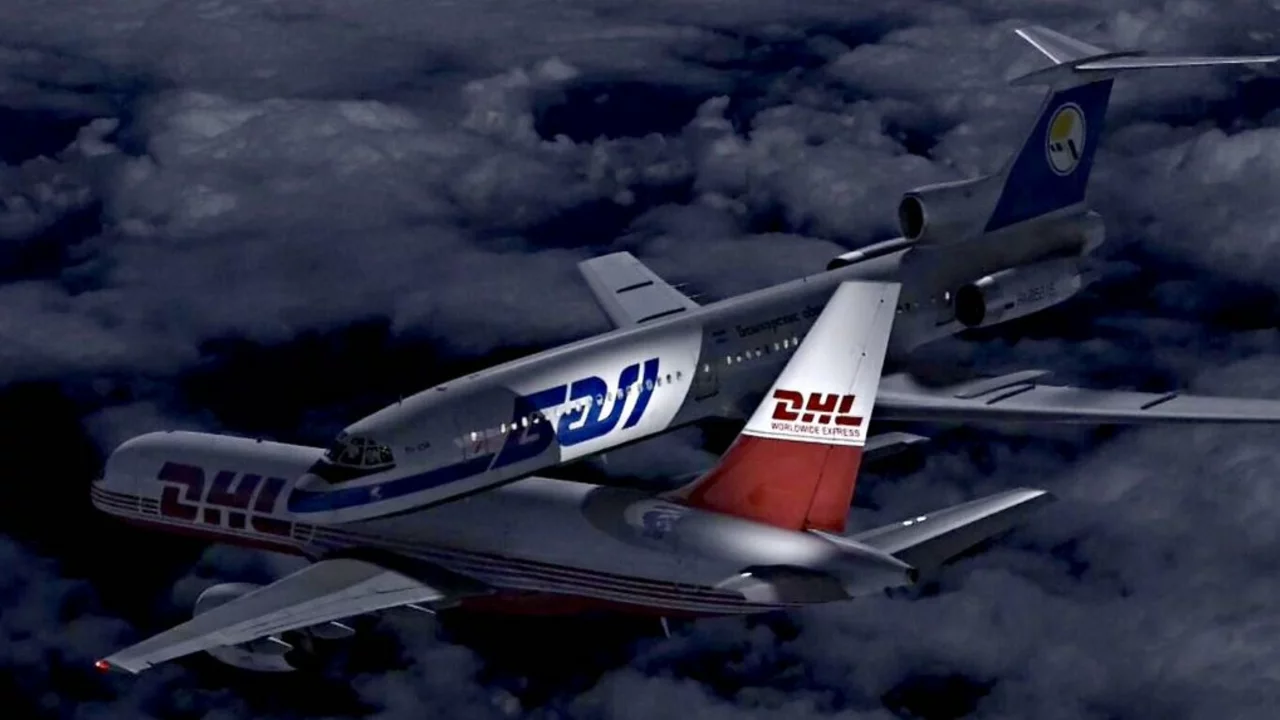Aviation accidents: what really causes them and what you should know
Air crashes grab headlines and spark fear, but most incidents come down to a few common, fixable causes. If you want straight facts without panic, read on. This page explains the typical causes, how investigations proceed in India and abroad, and simple steps passengers can take to stay safer and better informed.
Common causes and how investigators work
Most aviation accidents happen because of one or more of these: human error, technical failure, bad weather, maintenance lapses, or runway incidents. Human error includes pilot mistakes and air-traffic-control issues. Technical failure covers engine problems, avionics glitches, and structural faults. Weather can change fast — wind shear, icing, and storms are real risks. Maintenance lapses often trace back to poor procedures or missing checks.
When an accident occurs, investigators collect the wreckage, flight data recorder (black box), cockpit voice recorder, maintenance records, and air-traffic logs. In India, the Aircraft Accident Investigation Bureau (AAIB) leads the probe, while the Directorate General of Civil Aviation (DGCA) handles safety oversight. Internationally, bodies like the NTSB or BEA may assist under ICAO rules. Investigations aim to find causes and recommend fixes, not to assign blame in court.
What passengers should know and do
Flying remains one of the safest ways to travel, but you can still prepare. Pay attention to the safety briefing — it matters. Choose a seat with quicker exit access if that comforts you; statistically, rows near exits can cut evacuation time. Keep your belt fastened when seated and stow bags properly to avoid injuries during turbulence. Follow crew instructions without delay; they train for emergencies you hope never happen.
If you hear news about an accident, wait for official reports before jumping to conclusions. Early updates are often incomplete or wrong. Trusted sources include AAIB, DGCA, airlines’ official statements, and recognized international agencies. Full investigation reports can take months; they explain causes and list safety recommendations.
As a traveler, you can also check an airline’s safety record and how regulators respond after incidents. Look for prompt safety directives, transparent investigations, and visible fixes like updated maintenance rules or crew retraining. Regulators publish safety bulletins when systemic issues appear — that’s a good sign they’re acting.
Finally, know your rights after an accident or incident. Airlines must follow compensation and assistance rules for survivors and affected passengers. In India, regulators and consumer forums handle complaints if you feel an airline didn’t meet its obligations.
Want updates on a specific crash or safety topic? Subscribe to official channels and follow reputable aviation news rather than social feeds. That keeps you informed without the rumor noise.
Understanding causes, watching for real investigation findings, and following basic safety habits makes flying less scary and more sensible. If you have a specific crash or report you want explained, send it over and we’ll break it down in plain language.

Has there ever been a mid-air plane collision?
Oh boy, fasten your seatbelts folks, because we're about to take a turbulent trip through aviation history. Believe it or not, mid-air plane collisions have happened before, and I'm not just talking about in Hollywood blockbusters. In fact, one of the most infamous cases was the 2002 Überlingen mid-air collision, a truly shocking event that taught the world a lot about the importance of air traffic control. It's a bit of a bumpy ride to think about, but hey, even a tiny bit of turbulence can make for an interesting flight, right? So, next time you're cruising at 30,000 feet, remember to appreciate those air traffic controllers on the ground, they're the unsung heroes making sure your flight doesn't turn into an unplanned airshow!